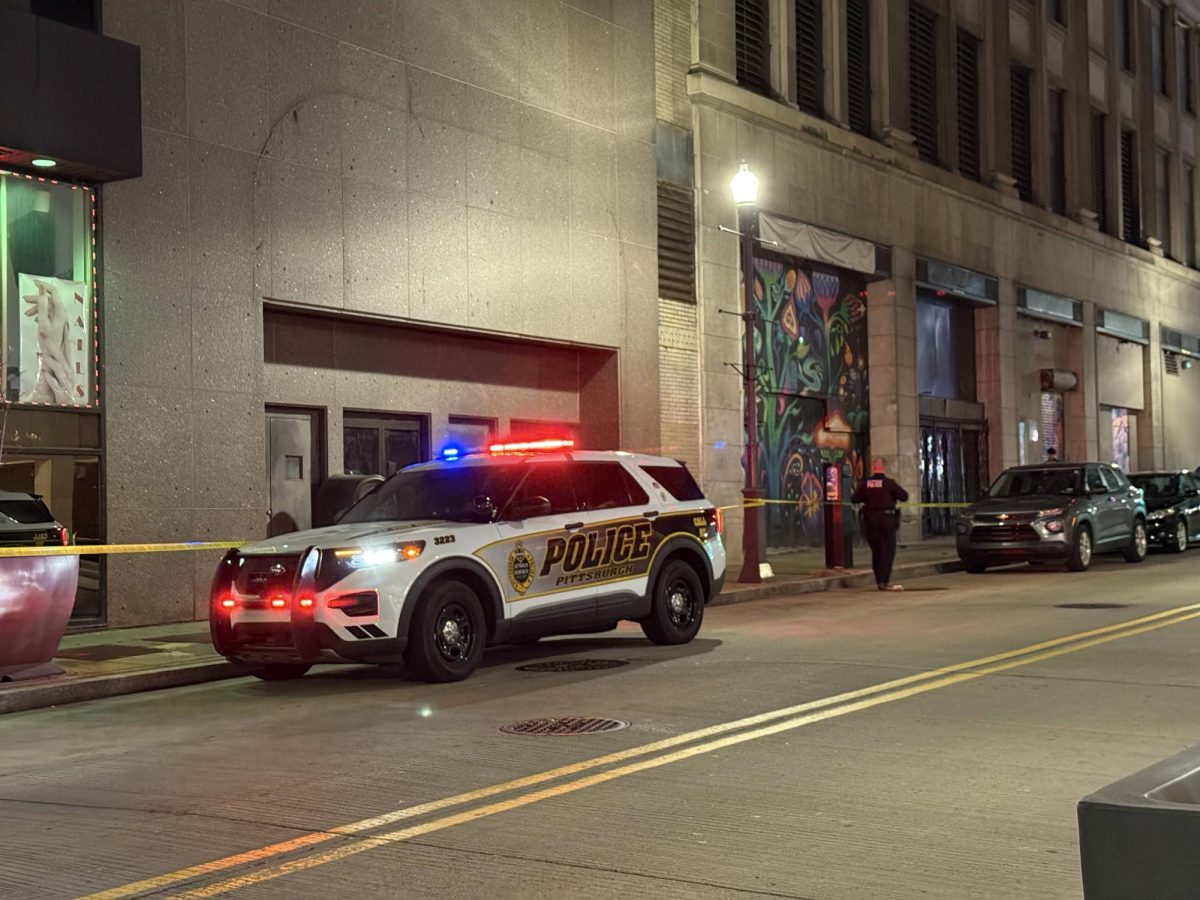
The fire alarm system in Lawrence Hall malfunctioned and was stuck playing a loud tone around 3 a.m. on Sunday, Nov. 3.
According to Chris Hill, Vice President of Physical Plant Operations, a faulty breaker system that was bypassed caused the alarm to eventually malfunction.
Hill said that the fire alarm system was still fully operational even during the malfunction.
A replacement breaker was installed the following morning, according to Hill.
The fire alarm at Lawrence Hall was first activated around 11:07 p.m. because of smoke coming from The Nook, which is a community kitchen located outside the Point Cafe. According to Pittsburgh Fire dispatchers, the activation was confirmed false and the fire alarm system was reset by Point Park Police.
Smoke was around the Nook when the fire department showed up, but it was not enough to warrant a major response or a need to extinguish any fires. Hill confirmed that the smoke by the Nook was caused by a student burning food on the griddle.
Approximately three hours later, the fire alarm began audibly malfunctioning. When this was happening, no fire engines showed up at Lawrence Hall because the system did not send any alerts to Pittsburgh Fire Rescue while it was erroneously playing the alert tone.
This tone could be heard on every floor of Lawrence Hall, with fire alarms with a strobe light attached flashing during the late-night malfunction.
While Hill attributed the problem to a faulty breaker, those familiar with fire alarm systems disagree.
Mitchell Douglass, who has extensive knowledge of fire alarm systems, identified the system in Lawrence Hall as a Cerberus Pyrotronics MXL-V and also pointed to the potential cause for the error.
Douglass said that the continuous tone is the pre-announcement tone, which plays when the fire alarm system is activated or if a person presses a button on the fire alarm system panel to talk through the speakers like on a PA system.
However, Douglass said that Lawrence Hall’s fire alarm system’s audio controller module – called the ACM-1 – failed, causing the tone to play repeatedly.
“The ACM-1 failed in such a way that it believes the microphone is continuously being keyed and therefore is continuously playing the tone, as you can hear sort of by the very short skip before the tone repeats,” Douglass said
Cerberus Pyrotronics was bought by German conglomerate Siemens in 1998 and the MXL-V system was first announced in 1993 and discontinued in 2013, making Lawrence Hall’s fire alarm system at most 31 years old. Siemens stopped providing support for the MXL-V system in 2018.
The alert tone did not stop for several minutes. Normally, the tone only plays for a few seconds and is then followed by a pre-recorded voice message telling people to evacuate the building.
Instead of hearing the voice evacuation message, the fire alarm only played the same tone the entire time.
Several videos of the malfunction were posted on the community Snapchat story groups.
As for the possibility of a breaker failure causing the malfunction, Douglass said that it is unlikely but not impossible.
“I don’t think a simple AC power loss would have caused this failure, but that can occasionally happen on systems with older hardware which has been running in the same state for a long time – sometimes years, even,” Douglass said.
It is unclear how long this breaker was faulty or if it was regularly bypassed whenever the system is reset.
Also unclear is whether or not a faulty breaker has caused fire alarm malfunctions at Lawrence Hall in previous years or if such a malfunction has ever happened in Lawrence Hall before.






